SUMMARY
This is AI generated summarization, which may have errors. For context, always refer to the full article.
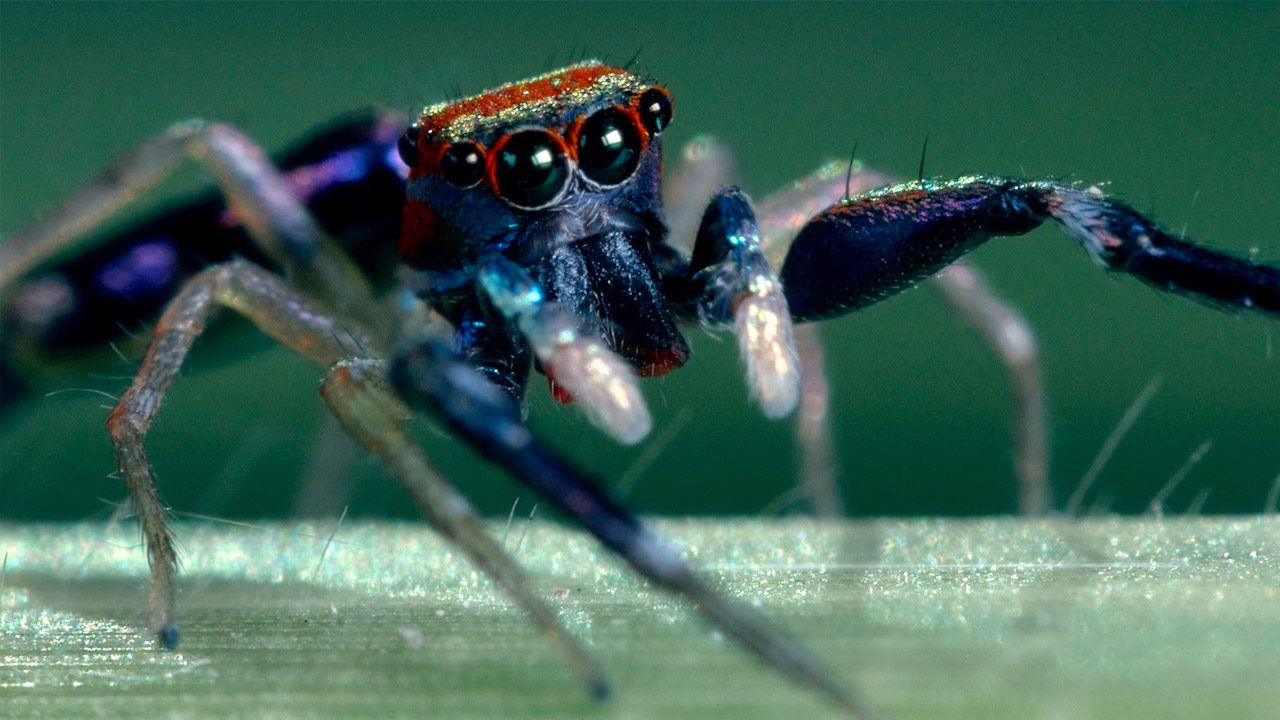
When Michael and Alexander Whitener (artist names Michael Perfect and Alexander Weidner) started filming insects in the Philippine jungles in 2016, they were dressed for battle. Local kids in the area thought the two brothers, clad in khakis and camouflage, eyes behind sunglasses, with tripods and bags of camera equipment slung over their shoulders, were foreign military men.
“We overprepared when we first came here. The kids would look at us, curious about who we were and what we were doing in the forest,” they said.
The language barrier kept them from communicating, but it wasn’t long before the kids caught on to their project. The initial suspicion was replaced by a willingness to help.
“Soon, the kids were bringing all sorts of insects to us!”
Bukboks (weevils), hantiks (weaver ants), and gagambas (spiders) are just some of the 40-plus stars of Aninagin. “Aninagin” is a Tagalog word that means “to take a closer look at something that’s hard to see.” Aninagin has been shown in six film festivals in France and is currently available on their website, aninagin.com, and Amazon Prime Video (select locations), giving audiences all over the world the opportunity to see these Philippine insect superstars.
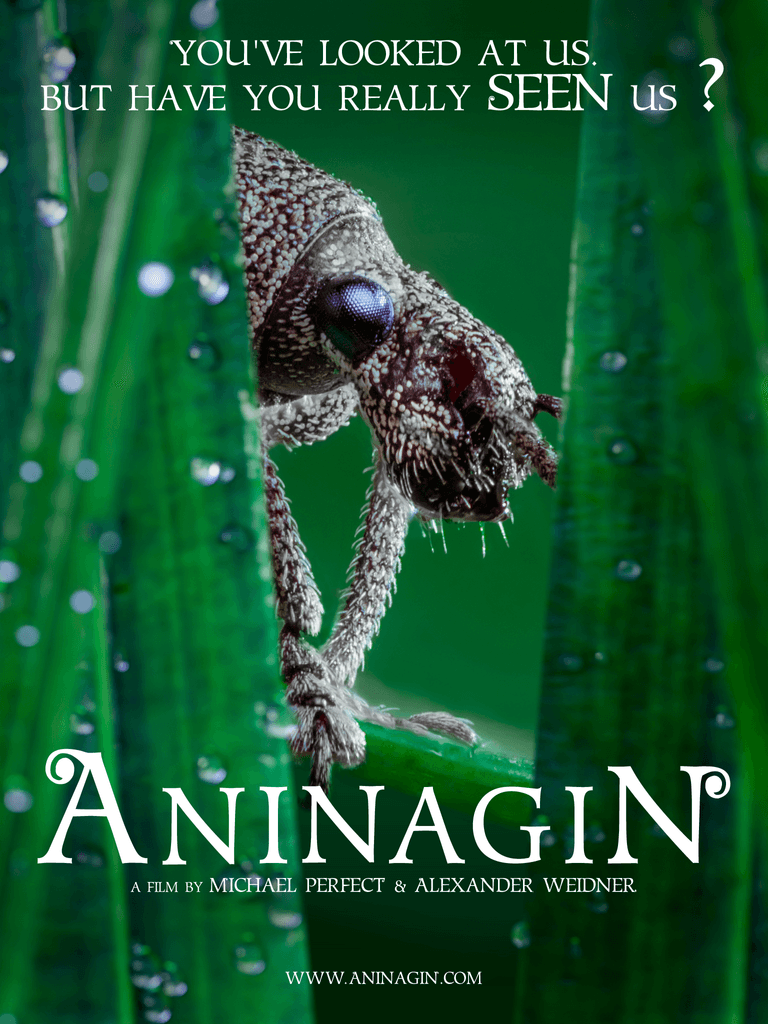
Michael, the director of photography and editor, describes the 46-minute film as a contemplative nature documentary. He says, “In a time when humans are getting more disconnected from nature, we must find ways to rekindle interest in it. The traditional way of doing it is through documentaries, but that approach is more rational and scientific. That’s good too, but it might feel a bit offputting to some people. Plus, having too many explanations decomposes reality into many parts. It can prevent you from seeing the big picture – that everything is just one thing. Our approach with Aninagin is, we’re not going to explain, we’ll just let you watch. It’s like when you’re hypnotized or in a trance, something beyond logical understanding happens.”
Alexander believes that in order to instill genuine care for something, we first have to ignite curiosity within people.
“We wanted to create a captivating experience by blending real-life imagery with a fictional soundtrack, with the intention of reaching an audience who may not already have an interest in this subject,” he said.
Since there is very little narration and no dialogue, music and sound effects play an important part in transporting viewers right into the heart of the insect kingdom. Alexander, the sound designer, created everything from scratch.
“Each scene has its own special atmosphere and we wanted the insects to have their own unique voices. We spent a ton of time in the studio, recording all sorts of sounds with microphones – from birds chirping to using squeaky old metal plates. We’d tinker with those sounds and add a dash of electronic instruments to give it a sci-fi twist,” he said.
To make the insects feel real, Alexander created a sound library for each of them.
“This serves as their ’emotional toolkits,’ and there are sounds for curiosity, fear, joy, etc. Then, it was all about picking the right sound to match each scene and bring the bugs to life.”
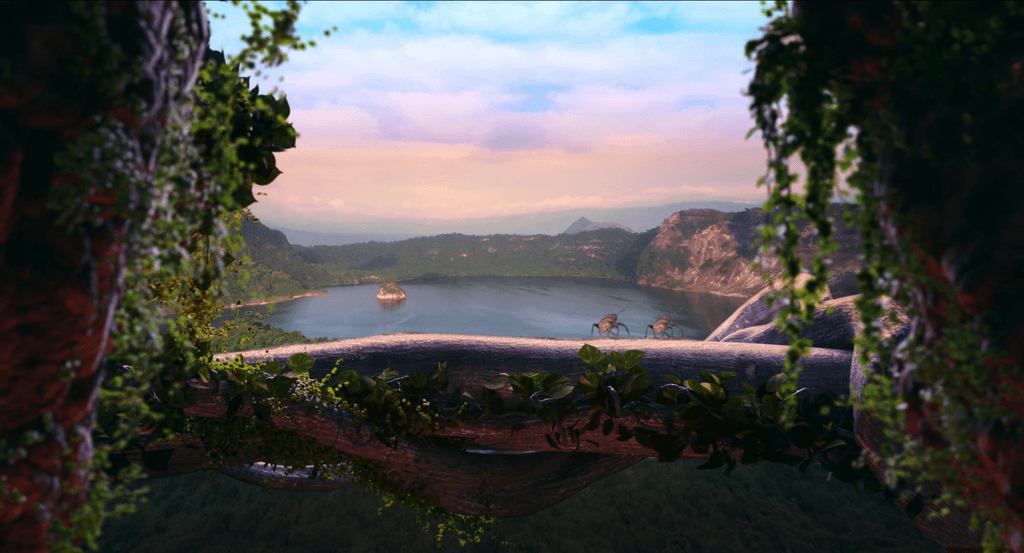
Unveiling the Philippines’ biodiversity
The Philippines is one of the 17 mega-biodiverse countries in the world, making it the perfect location for a film where the leading actors and actresses are insects.
Mega-biodiverse countries house over two-thirds of the planet’s animal and plant species. They also have a rich variety of ecosystems. Watersheds, mangrove swamps, forests, and coral reefs are just some of the ecosystems found in the Philippines. They supply us with many benefits – food to eat, sources of livelihood, and places to escape when we’re tired of the concrete jungle. Ecosystems also provide invaluable “services” that help humans survive – air and water, soil fertility, disease management, and climate regulation.
However, increased human activity is causing biodiversity loss and threatening many species to the verge of collapse. Conservation International cites unsustainable fishing, illegal wildlife trafficking, and deforestation as local problems that are causing damage to Philippine ecosystems.
The brothers chose to film in the Philippines because they wanted to explore the mysteries within its unique ecosystem.
“We didn’t find a lot of information about local insects before our trip, which fueled our curiosity even more. We saw it as an opportunity to delve into the unknown and uncover the hidden world of Pinoy insects, showcasing their beauty, diversity, and importance,” Alexander said.
In 2016, Alexander started Insect Identification of the Philippines, a Facebook group for people to gather and talk about their multi-legged friends. Today, the group has grown to 4,700 members. Alexander says, “We have a diverse mix of members ranging from complete novices like myself, who initially struggled to identify certain species we encountered during filming, to passionate amateurs, university students, and biology experts. It’s a welcoming and inclusive space where everyone can participate and contribute. It’s great to witness the enthusiasm of the group members.”
Aside from the insect macro shots, the documentary treats viewers to some of the country’s most famous landscapes and some hidden gems. The scenes are immersive, with the sounds of water flowing, birds chirping, and insect activity coming together like a nature orchestra. Coupled with the visuals of sweeping landscapes and lush forests, the film gives you the sensation of being out on a hike.
Most of Aninagin was filmed in Luzon and Visayas. Showcased are Lahuy Island, Calatagan, Cagbalete Island, Isla de Gigantes, Bucari, North Panay Peninsula Park, Guimaras Island, and Taal Volcano Lake. In January 2020, the Taal Volcano eruption expelled plumes of ash and gas thousands of feet up into the atmosphere, covering surrounding towns with muddy ashfall and forcing communities to evacuate.
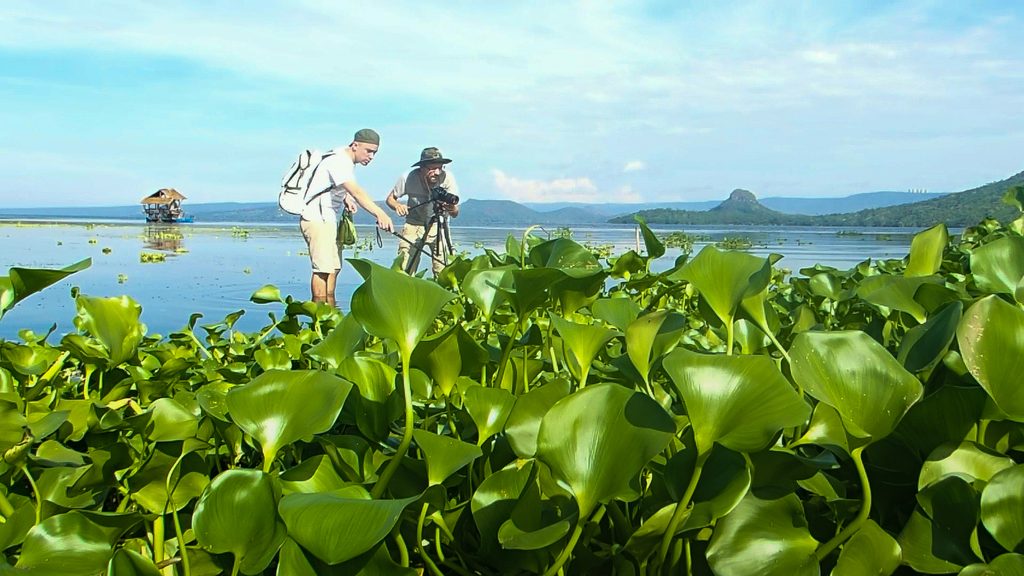
Satellite observations and ground reports showed that the volcano’s shape has changed. Aninagin’s footage serves as a valuable record of Taal Volcano pre-eruption, during its tranquil phase. Michael, having filmed in the crater’s lake just a month before, muses, “This event really teaches us to appreciate the beauty and details of nature because what we see now won’t stay the same forever.”
A work of love
The Whiteners are from a small village in southern France. They aren’t insect specialists or scientists – just two guys with a deep love of nature and conservation. Michael explains that it was their mother and their childhood spent in the countryside that really awakened their curiosity and love of nature. He says, “So now we ask ourselves – how can we use our skills to help humans find their place back in the world of nature? I make videos and Alexander makes music. That’s how we ended up making environmental awareness videos.”
Aninagin is an independent project financed by the creators themselves, plus the P20,000 they raised from Kickstarter. It took five years to complete, as the brothers had to work day jobs to keep themselves and this project afloat.
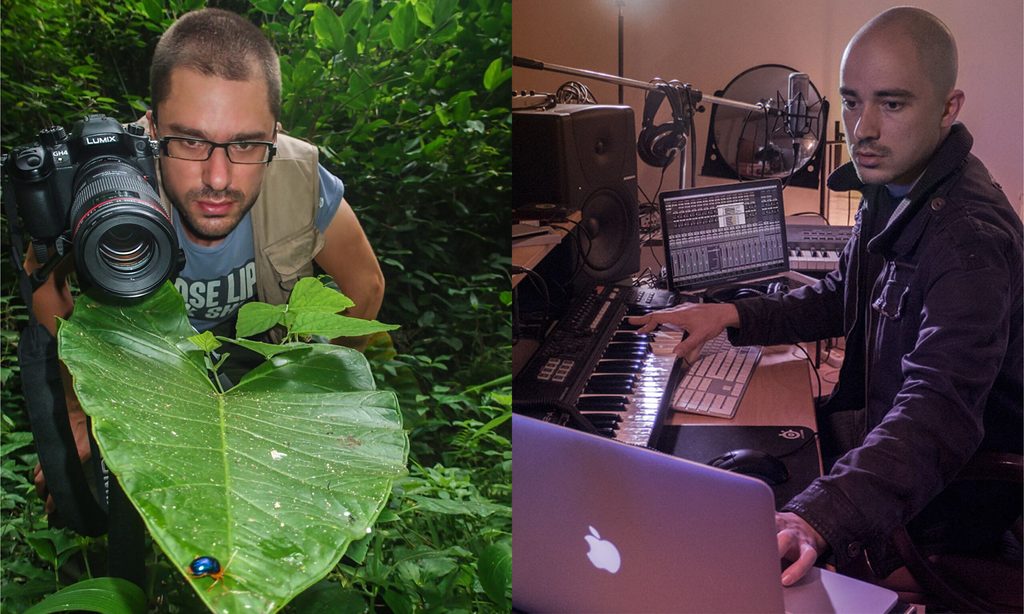
Their next goal is to have their work shown in the Philippines, either at a film festival or broadcast on television.
“We are actively exploring avenues to present Aninagin to a wider audience, and we look forward to the day when we can share our film with the people of the Philippines, who will undoubtedly appreciate and celebrate the fascinating world of Pinoy insects depicted in the movie,” Alexander says.
Humans are a curious bunch. Outer space, the depths of the ocean, and even hypothetical parallel universes never fail to capture our imagination. But we often forget that all around us, and just on the ground we tread, is a minuscule world full of fascinating little creatures, entire communities of insects doing their own thing all the time.
If you want to take a journey into the world of Philippine insects, you can watch Aninagin online here. The 29-minute version is free, while the full 46-minute version is available on a donation basis. – Rappler.com
Add a comment
How does this make you feel?
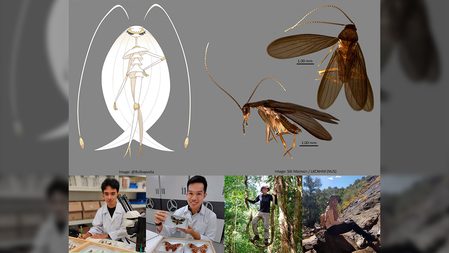





There are no comments yet. Add your comment to start the conversation.